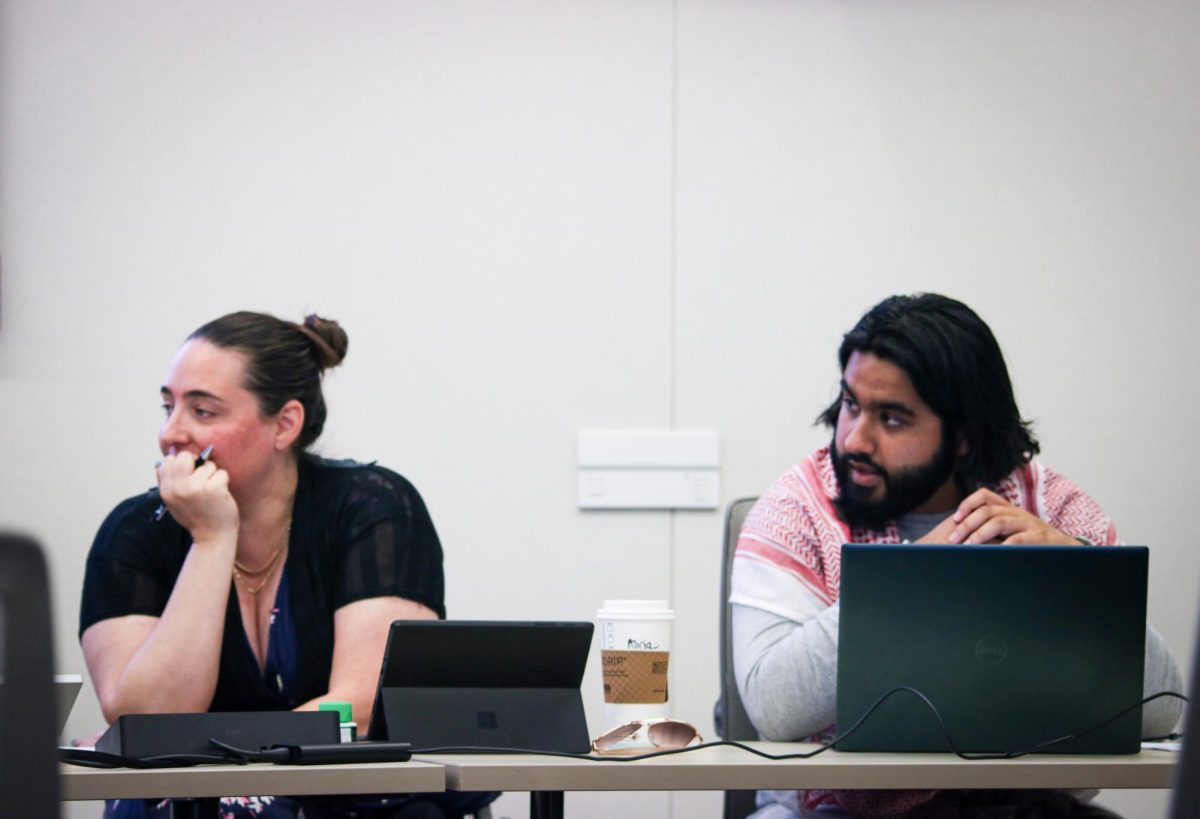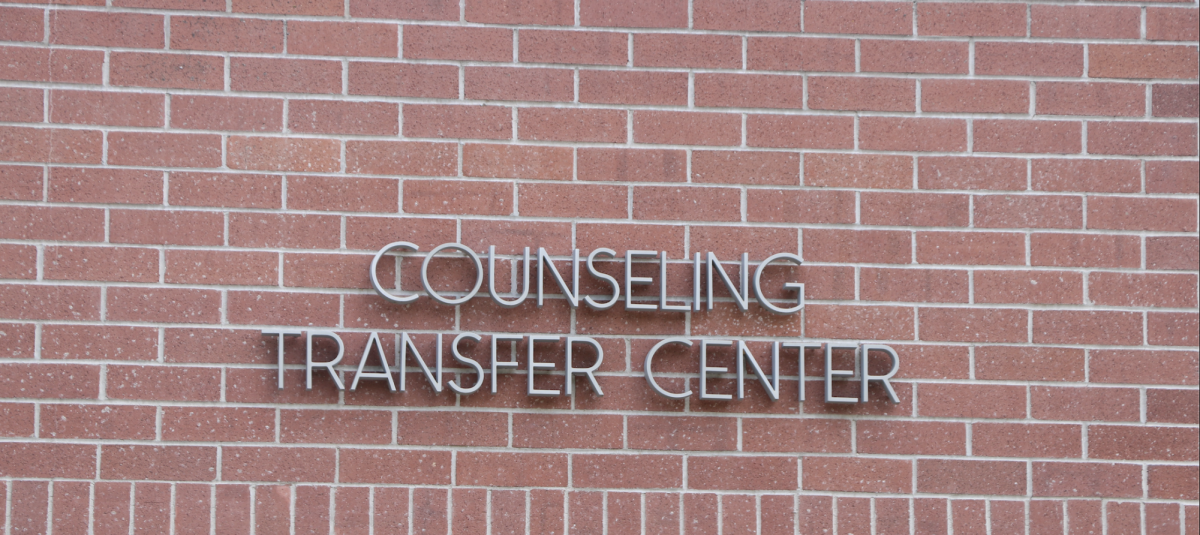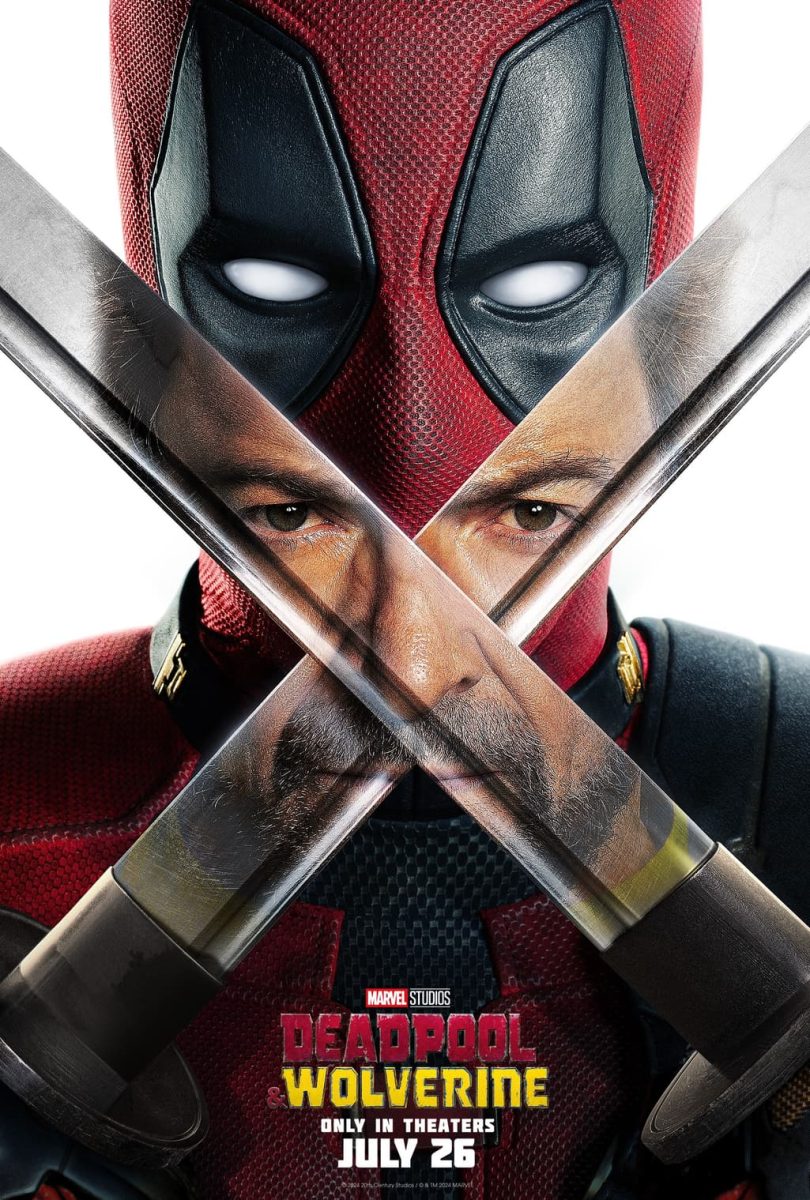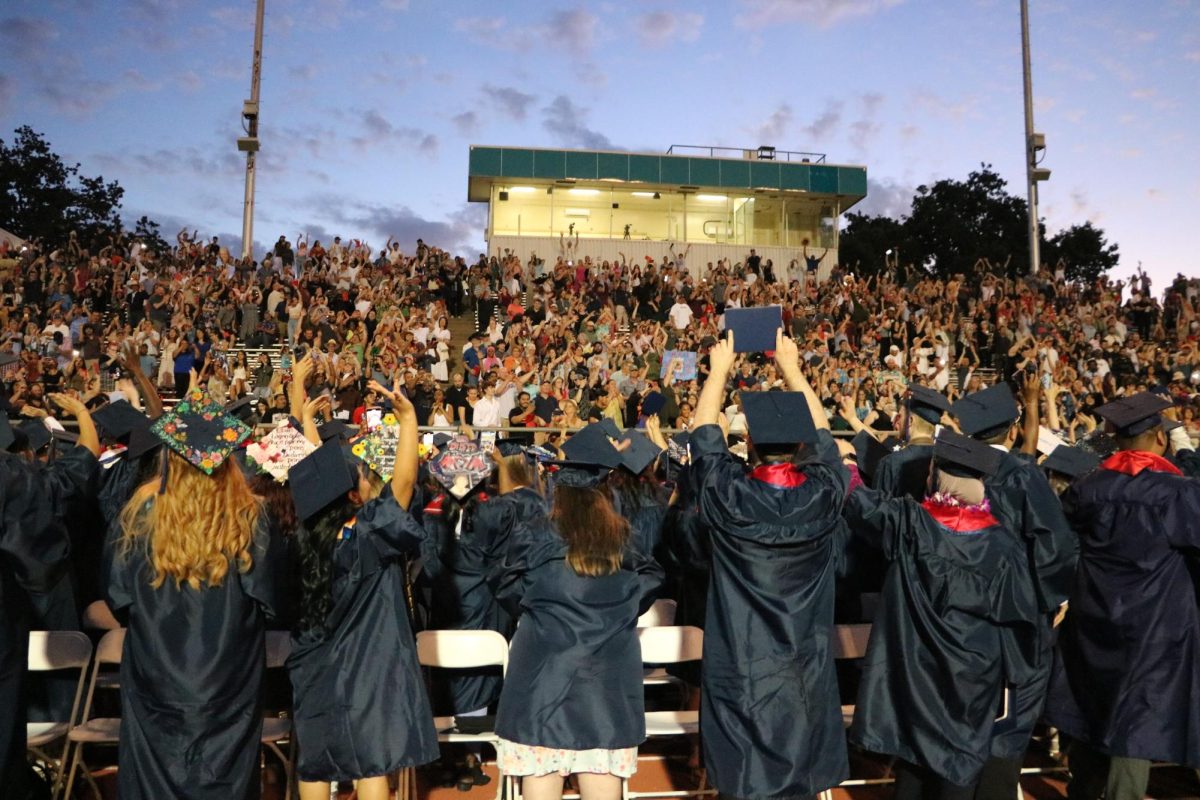The loud clang of metal on metal, the almost overwhelming heat against one’s face as they open the forge doors, and the look of the bright hot metal as it is pulled out of the fire are some of the various elements in the day-to-day life of a student taking ART 376: Functional Sculpture.
Found within the art department, ART 376 is “the hands-on basics of metal forming, design principles and materials used for sculpture, and functional art forms with emphasis on the use of an anvil and gas forger,” according to the American River College catalog.
Topics covered in the class range from hand-forging metal techniques to furniture and sculpture design.
This semester is the first time the class has been offered since the budget cuts of 2010 removed it from the college’s curriculum.
“It was heartbreaking when we learned the class was canceled,” said Professor Laura Parker, who teaches the course. “Yet this semester we had a good turnout of students who were interested.”
Art student Rachael Knight-Reigns was one of the students who enrolled in the course after returning to school in 2012 to pursue courses in metal work.
Knight-Reigns, who has taken many of the traditional art classes on campus, said that the course leaves her with a sense of accomplishment after each project that she did not feel when taking other art classes.
“You get hands on, dirty and sweaty,” said Knight-Reigns. “When you’re done with your piece you get something that is functional — something that you can use.”
The course has also drawn in students who have had experience with working metal, such as
automotive collision technician major Xander Lehn.
“I did some welding before so I figured this course would fill my time by doing something I knew I enjoyed,” said Lehn.
Originally taking the class to fill a transfer requirement, Lehn said he was “pleasantly surprised” by the course.
Student Charles Kinter, an art new media major, said that taking this course has helped him in his art new media classes.
“Working with this material helps my visual when working on computers,” said Kinter. “I am able to see how a lot of materials look in the real world and bring them to life on the computer.”
The class is part lecture, part lab and features various projects that builds upon skills the students learn each week.
The lab portion of the class consists of the students working with hammer, anvil, and forges to work plain metal rods into functional pieces such as butter knives and candle holders.
The work can be physically demanding and have the potential for injury. Some projects may even take longer than others for students to complete depending on skill level.
67-year-old student Jeff Armstrong insists that the course, which is his first at ARC, is “worth the pain.”
While the work can be physically demanding, students enrolled in the course say that the physical aspect of the course is not the most challenging part.
Art major Melani Adachi said that finding time to make up work can be difficult if one misses a day.
“Getting someone’s notes from lecture is the easy part,” said Adachi. “Making up time that’s put in with anvil and hammer is more difficult. … The only way to do it (the work) is be here.”
Added Knight-Reign: “My ideas tend to exceed my skill level. I have all these far-out ideas I want to try but I have to be realistic about what I can actually do.”
Parker said that the students have a hard time “accepting imperfection.”
“One doesn’t learn this overnight,” Parker said. “Coordination with a hammer and anvil is a weekly thing that must be worked on — like an athlete must practice daily to get better. As their (the students) confidence grows the easier the work becomes and the better their art turns out to be.”
There are no prerequisites for the course, however Parker said it does help if students are not afraid of fire.
Lehn recommends other students take the course as an alternative to lecture courses that meet the art requirement for graduation or transfer.
“Taking off the wall courses and exploring out-of-the-norm classes could possibly lead to an experience you love doing,” said Lehn. “At least it’s a relief from being burned out in the classroom.”
The class is expected to return in the spring on Mondays and Wednesdays between the hours of 4-6 p.m.




















